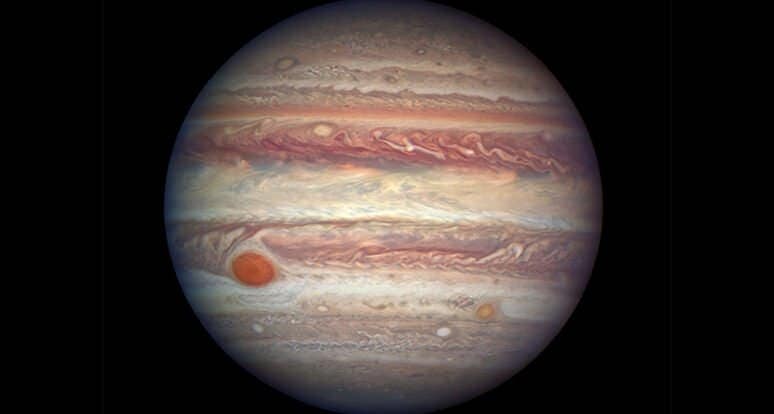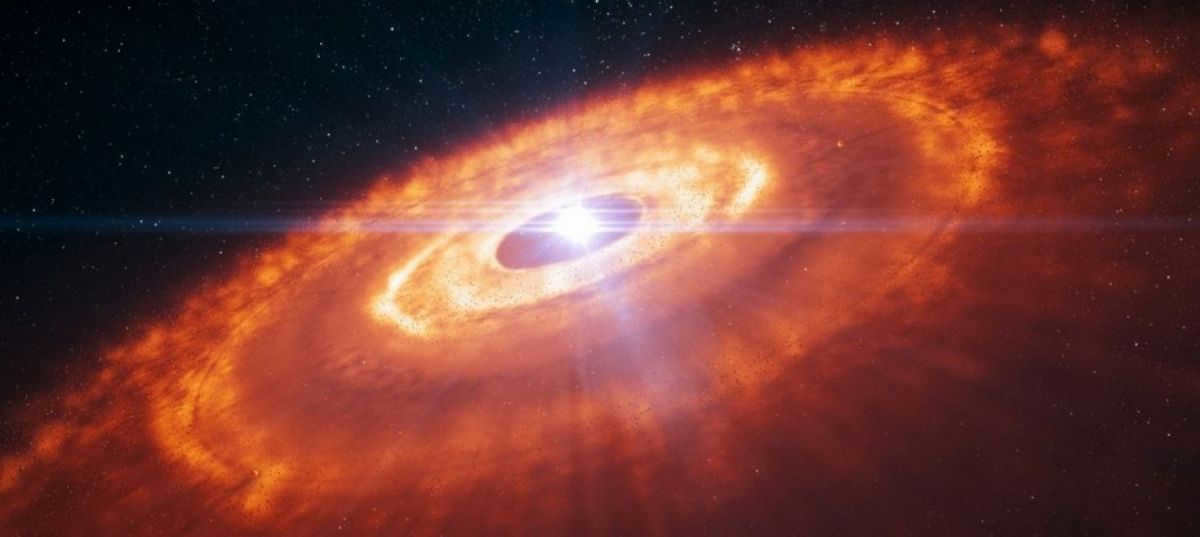
The emergence of the solar system remains a fascinating enigma in the realm of contemporary science. Numerous hypotheses have been proposed to shed light on this phenomenon, yet no concrete evidence has been discovered thus far. In order to unravel the mysteries surrounding the birth of our solar system, a comprehensive study of its components is required. However, the more scientists delve into this subject, the more perplexing it becomes, as it opens up a multitude of new inquiries. Unraveling this enigma would not only enhance our understanding of our own system, but also offer insights into the broader universe. In this article, we will explore some of the most widely discussed theories regarding the birth of our solar system.
Age
The primary theory explaining the formation of the solar system is the nebular model. While there are other theories, the nebular model is widely accepted by the scientific community. According to this hypothesis, our system originated from a cloud of gas and dust.
Interestingly, the first person to propose this model was not an astronomer or theoretical physicist, but a renowned German philosopher from the 18th century, Immanuel Kant. Subsequently, the hypothesis was further developed and attempts were made to provide evidence for it. Today, it is considered one of the most credible explanations for the formation of our solar system.
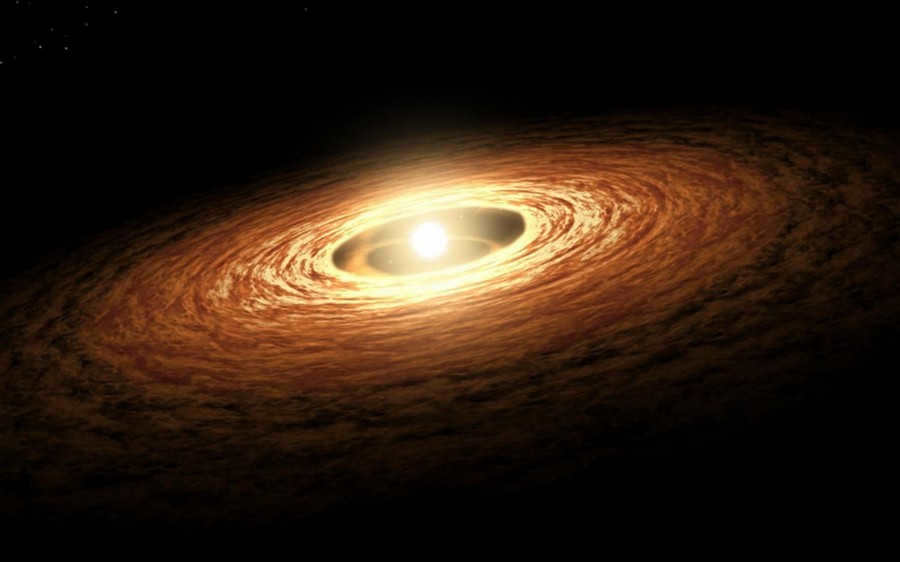
Per Kant’s theory, the sun and planets originated from a gas cloud that underwent intense gravitational compression. According to this hypothesis, the age of our solar system is calculated to be approximately 4.6 billion years. The sun’s formation process lasted around 10 million years, while the planets formed at a much quicker pace, taking only a few hundred thousand years. It was only later that the asteroid belt and smaller celestial bodies came into existence.
The Birth of the Sun
The formation of the solar system, as described by the nebular theory, commenced with the emergence of our star, which subsequently gathered planets and other celestial bodies in its vicinity. According to Kant’s proposition, the Sun came into being as a result of the collapse of a hydrogen cloud, known as a protostellar nebula.
Under the influence of gravity, such a nebula attracts gas, which accumulates in its core, undergoes compression, and eventually forms the nucleus of the future star. Additionally, the nebula attracts interstellar dust, which combines with the gas and forms an orbital motion around the object. Subsequently, the collapse of the hydrogen cloud subsides, and the gas and dust commence rotational movement.
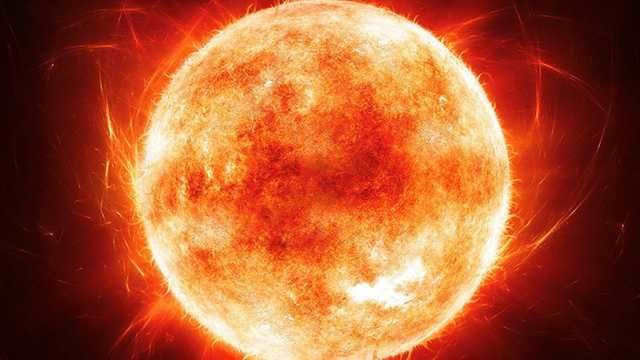
To become a star, a protostar needs to have a mass approximately 80 times that of Jupiter. This mass is acquired by accumulating gas and matter around it. Once the mass is obtained, the protostar’s core initiates the first thermonuclear reactions. The entire process from the birth of the protostar to this point usually takes around 100,000 years.
The initial stage in the life of a young star is known as a brown dwarf. During this stage, the star is still relatively small and must continue to gather matter. It will take hundreds of millions of years for the star to reach a mass similar to that of the Sun.
Once the star has reached its complete formation, it will be surrounded by a protoplanetary disk. As the star gradually cools down, dust will begin to condense around it. Over time, these particles will come together to form planetesimals, which will eventually become the building blocks of future planets.
The origin of terrestrial planets
The terrestrial planets in our solar system, also known as inner-group planets, formed in a region of the protoplanetary disk that was characterized by high temperatures. This resulted in the melting of ice, leaving behind solid rocks that could withstand the extreme heat.

The process of planet formation begins with the planetesimals gradually accumulating new particles until they have fully gathered all the available resources. Subsequently, the planets will gradually assume a spherical form and acquire an orbital path. Consequently, the emergence of solid celestial bodies within the solar system spanned several tens of millions of years.
The formation of gas giants in the Solar System is a much more complex and time-consuming process compared to the formation of solid planets. Unlike solid planets, gas giants originate from planetesimals that are primarily composed of ice and gas due to their formation in colder regions of the protoplanetary disk. Over a period of several million years, these gas giants accumulate gas until their surrounding supply is depleted. The emergence of gas giants has a significant influence on the formation of solid planets, as their early appearance results in a reduced amount of material available for the formation of celestial bodies such as Earth.
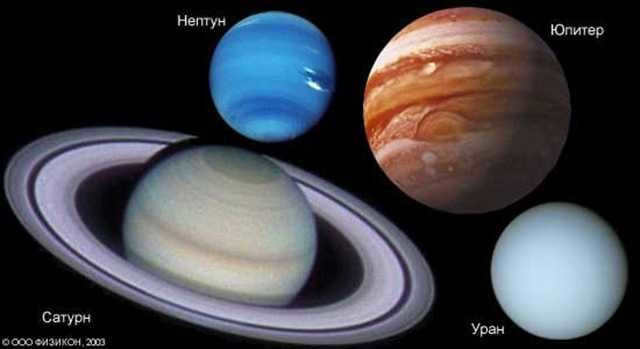
The origin of the asteroid belt and planetary moons
During the final stages of the solar system’s formation, the well-known asteroid belt came into existence, followed by the emergence of planetary moons. According to scientific theories, the belt was created from the leftover materials that formed the celestial bodies in our system. The moons, on the other hand, could have formed through various mechanisms:
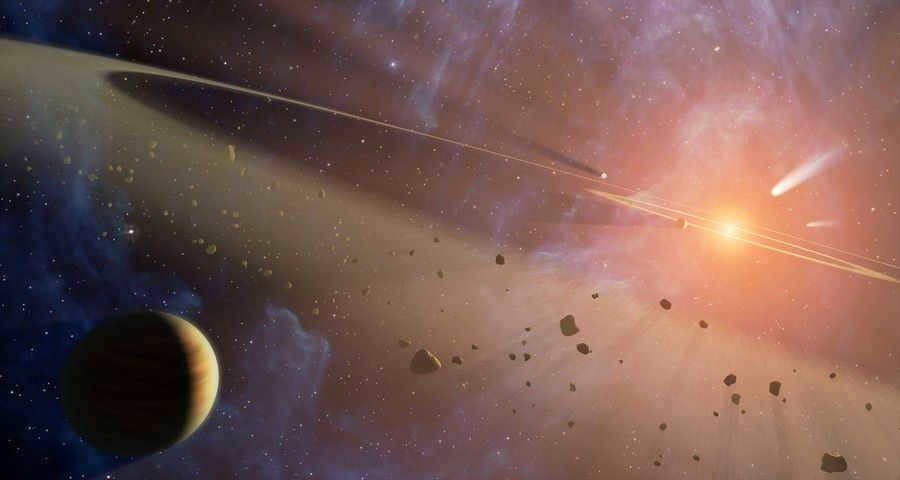
- Objects from the asteroid belt could have been captured by the gravity of the planets.
- After a celestial body collided with another large object, a fragment could have detached and been propelled into orbit.
- The formation of the satellite might have started alongside the planet during its formation.
What’s Next for Our Star
As long as there is a sufficient amount of hydrogen within the core of our star, it will continue to emit light and heat as it always has. However, once the supply of fuel begins to diminish (in approximately 5-7 billion years), the star will undergo a dramatic transformation. It will expand and evolve into a red giant, releasing even more energy into space. This increase in energy output will have significant consequences for our planet.
The rise in temperature caused by the expanding star will be so extreme that Earth’s oceans will eventually dry up. The planet will become uninhabitable, resembling Venus in its inhospitable conditions. Alternatively, it is possible that Earth could be consumed by the expanding Sun, which will have grown in size. This process will unfold gradually over billions of years, allowing for the potential development of Mars as a habitable planet. However, this suitability for life will only be temporary, as the same fate that awaits Earth will eventually befall Mars.
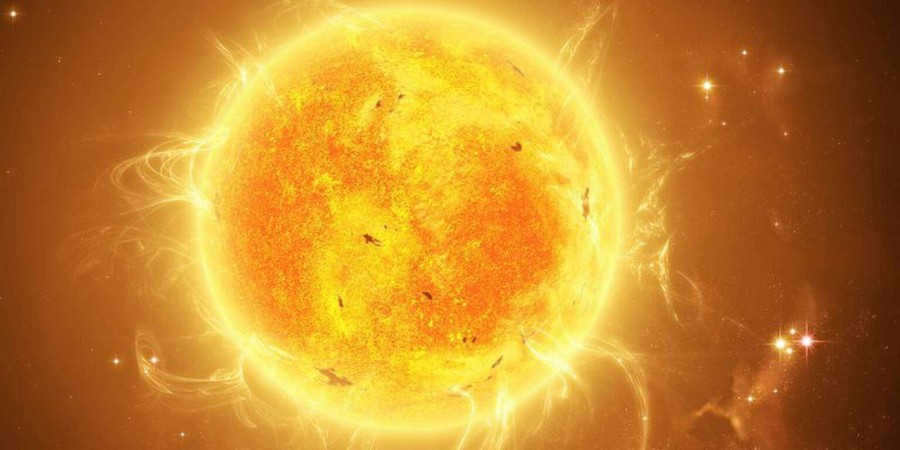
Alternative theories
The birth of the solar system is not only explained by Kant’s nebular model. There are several other hypotheses, including:
- The Jeans hypothesis. According to this theory, two young stars collided, resulting in a massive ejection of matter into space, which eventually led to the formation of planets.
- The Lappas hypothesis. This hypothesis suggests that gaseous rings formed from the solar atmosphere, which then contracted and served as the foundation for the emergence of planets.
- Fasenkov’s hypothesis. According to this theory, all the planets in our solar system were formed from gas ejected by our star.
Numerologist Lyubov Likhtman believes that the universe is also reflected within us through astronumerology.
Take your birth date, put on a spacesuit, and let’s embark on this cosmic journey!
There exists an ancient system of numerology that provides insights into the planetary influences on individuals through numerical vibrations. Each number from one to nine is linked to one of the nine celestial bodies.
How to determine your planetary influence
To calculate your planetary influence, add up all the numbers in your birth date and reduce them to single digits. This will yield four numbers:
1 – representing the day of birth
2 – representing the month of birth
3 – representing the year of birth
4 – representing the sum of all the numbers

Birthday: 21 = 2 + 1 = 3
Month of birth: 06 = 0 + 6 = 6
Year of birth: 1983 = 1 + 9 + 8 + 3 = 21 = 2 + 1 = 3
Sum of all numbers: 3 + 6 + 3 = 12 = 1 + 2 = 3
Write down all single-digit numbers: 3; 6; 3; 3
Determine the percentage of influence for each resulting number.
Birthday – 40%
Month of birth – 10%
Year of birth – 10%
The sum of all numbers – 40%.
Now find out which celestial body rules each of your numbers.
1 – Sun
2 – Moon
3 – Jupiter
4 – Uranus
5 – Mercury
6 – Venus
7 – Neptune
8 – Saturn
9 – Mars
In my date of birth, the distribution of the planets (and heavenly bodies) in percentages looks like this (remember, I got the numbers 3; 6; 3; 3; 3):
3 – Jupiter – 40%
6 – Venus – 10%
3 – Jupiter – 10%
3 – Jupiter – 40%
This indicates that my predominant influence comes from the planet Jupiter, with Venus having a minor influence of only 10%.
How does your planet (or celestial body) influence you?
1 – Sun
The Sun represents masculine energy. Individuals influenced by the Sun are natural leaders and rarely stay in the background of society. You possess qualities such as authority, responsibility, strength, power, initiative, practicality, and the ability to innovate.
2 – Moon
Moon individuals are known for their dual nature, diplomatic skills, and friendly demeanor. They embody the two aspects of the Moon: the visible side and the hidden side. They excel at resolving conflicts with finesse.
3 – Jupiter
These individuals are cheerful optimists who selflessly aid those in need. They possess a magnetic charm that attracts people to them through their remarkable positive energy. They also strive for personal growth and tend to be idealistic in their pursuits.
4 – Uranus
Individualistic, determined, forging their own way. Frequently drawn to governmental organizations. Diligent, adaptable, and resilient both mentally and physically.
5 – Mercury
Highly resourceful, cunning, fast, enthusiastic. Monotony and setbacks can leave you stuck in a rut for an extended period. It is crucial to explore new ventures if your previous passion no longer brings joy.
6 – Venus
Individuals influenced by Venus often possess great physical appeal and sensuality. They place significant importance on beauty in all its forms, whether it be the beauty of objects, nature, or the aesthetics of music, film, and art. They are naturally drawn to indulging in both material and intangible pleasures. However, it is crucial for those under Venus’ influence to exercise caution when it comes to their finances.
Individuals with very subtle natures often possess a natural inclination towards psychology or at the very least possess a deep understanding of it from birth. They are inexplicably drawn towards the unconventional and are constantly engaged in a process of self-discovery. However, it is crucial for them to see through any endeavor they embark upon until its completion, as they tend to encounter certain difficulties in this aspect.
8 – Saturn
Pragmatism, a grounded perspective on matters, methodical approaches, and unwavering determination to achieve their goals – these are the defining characteristics of individuals influenced by Saturn. The material world serves as their natural habitat, and they often find themselves immersed in business ventures or fields related to finance, banking, and sales.
9 – Mars
Mars symbolizes power, force, aggression, bravery, and determination. These qualities propel individuals to reach great heights in their professional lives. People influenced by Mars often have a competitive nature and may struggle with partnerships, both in personal relationships and in their careers.
With Jupiter exerting a strong influence on me, I am driven to make a positive impact. I trust that this newfound understanding will aid you in comprehending yourself and your loved ones better.
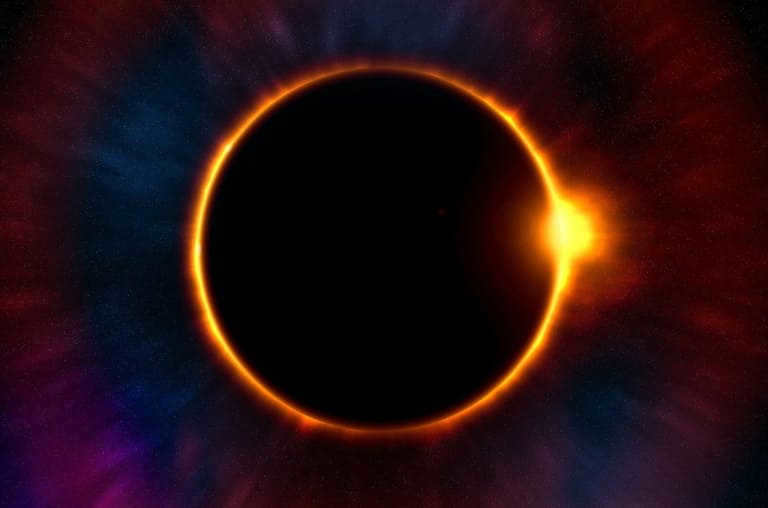
AllKnowing.ru. has gathered a compilation of fascinating inquiries regarding the solar system along with brief and informative responses.
1. What is the origin of the solar system?

Approximately 4.6 billion years in the past, a massive accumulation of dust and gas condensed, initiating the process of creating the Sun, planets, and various celestial bodies within the Solar System. The Sun’s immense size allowed for the presence of numerous planets, dwarf planets, comets, and meteoroids to orbit around it.
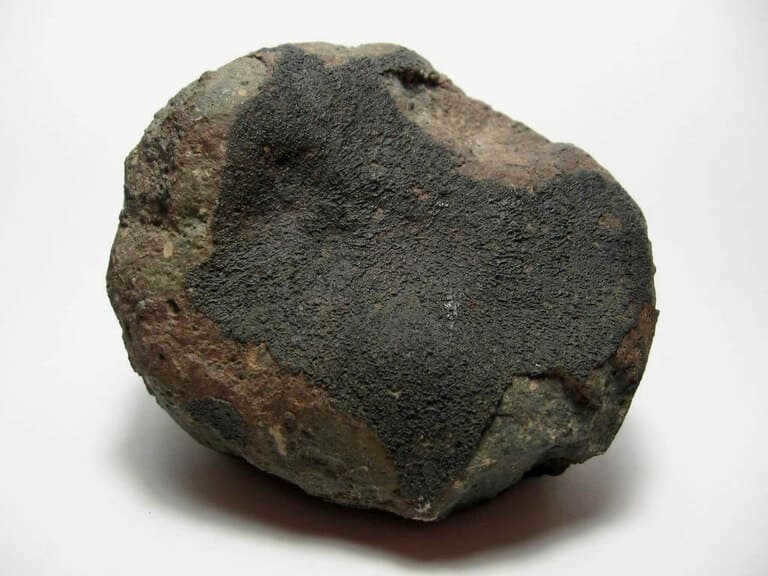
There have been some meteorites that fell to Earth and have been journeying through the solar system ever since the original dust cloud collapsed, even prior to the formation of the planets. The Allende meteorite, which was discovered in Mexico in 1969, is the oldest meteorite known to us at 4,567 billion years old. This age of 4.567 billion years is considered to be the age of the solar system.
3 However, what was the reason for the collapse of the dust cloud?
Experts speculate that the collapse of the dust cloud was triggered by a supernova explosion that occurred near the solar nebula. This theory suggests that the explosion sent out a shock wave, causing the nebula to condense and ultimately collapse. Additionally, it is plausible that remnants from the supernova also contributed to the formation of the dust cloud, which eventually gave rise to the Solar System.
4. What proportion of the solar system consists solely of the Sun?

The mass of the solar system is mostly attributed to its sole star, which accounts for 99.8% of its total mass. The Sun, a yellow dwarf, is primarily composed of gas, with 91% hydrogen and 8.9% helium. In comparison to other stars, the Sun is relatively small and is just one of many billions of stars within the Milky Way galaxy.
There are a total of eight planets in our solar system, along with five dwarf planets. The first four planets, Mercury, Venus, Earth, and Mars, are relatively small and rocky, capable of withstanding extreme temperatures due to their proximity to the Sun. On the other hand, the remaining four planets, Jupiter, Saturn, Uranus, and Neptune, are composed primarily of gas, liquid, or ice, and are located much farther away from the scorching heat of the Sun.
6. What occurred with Pluto?
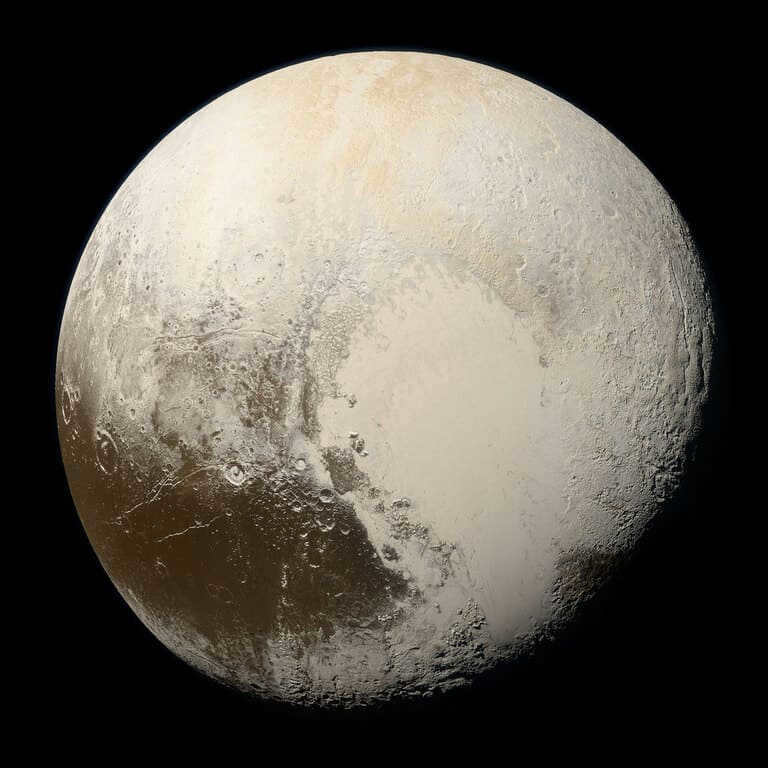
There are at least five minor planets in our solar system. These include Ceres, Erid, Haumea, Makemake, and Pluto. Astronomers use three criteria to define a planet: a) it orbits around the Sun; b) it has enough gravitational force to form a spherical shape; and c) there are no other celestial bodies in its orbit, aside from satellites.
However, Pluto does not meet the last criterion as it is part of the expansive Kuiper Belt, which is home to trillions of space objects, mainly small remnants from the formation of our solar system.
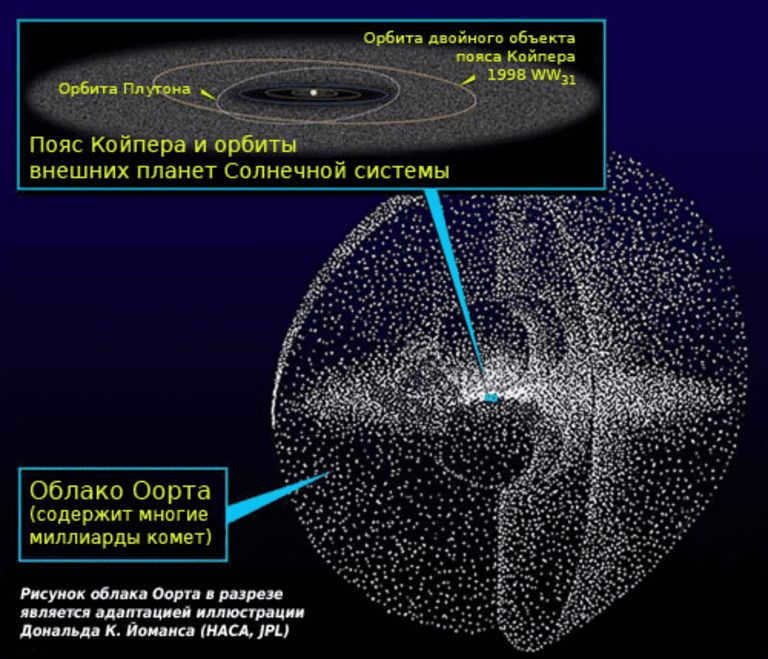
Neptune, being the planet farthest from the Sun, is located at such a great distance that it takes sunlight approximately 4 hours to reach it (in comparison, it takes only 8 minutes for sunlight to reach Earth). The region beyond Neptune is known as the Kuiper belt, which is similar to the asteroid belt but significantly wider, measuring about 20 times wider and up to 200 times more massive.
Extending past the Kuiper belt and spanning all the way to the outermost reaches of the solar system, it is believed that the Oort cloud exists. Although scientists have not yet been able to directly confirm its presence through instrumental means, there are indirect evidences and mathematical calculations that strongly suggest its existence.
The Oort cloud is thought to be primarily composed of ice made up of water, ammonia, and methane. Scientists propose that it is within this cloud that long-period comets, which travel into the solar system, are formed.
Additional Questions about Stars and the Solar System with Brief Answers
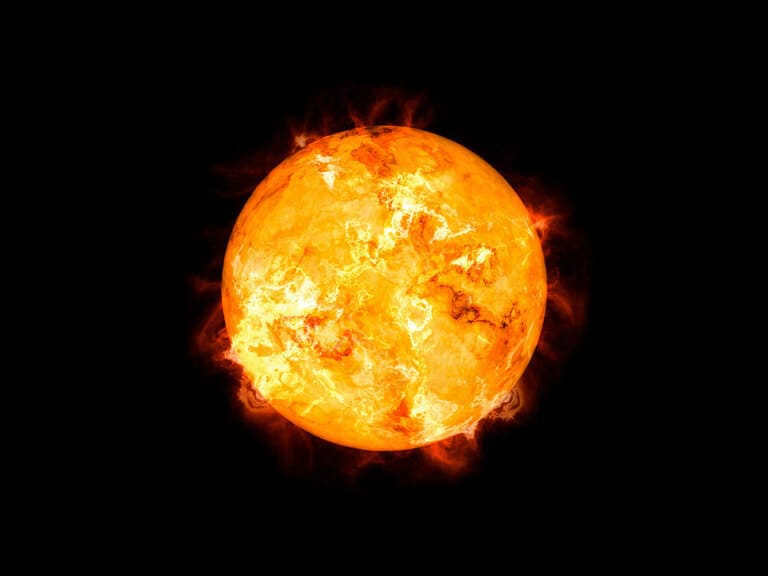
Question 1.
What is the name of the planet that is closest to the Sun?
Answer:
Mercury
Question 2.
What is the velocity of light?
Answer:
300000 kilometers per second (3 x 108 m / s).
Question 3.
Which planet in the night sky shines the brightest?
Answer:
Venus
Question 4.
What is the name of the star that is closest to our solar system?
Answer:
Proxima Centauri
Question 5.
Which planets do not have their own satellites?
Answer:
Venus and Mercury
Question 6.
How many planets are there in our solar system?
Answer:
Eight
Question 7.
Which planet is known as the red planet?
Answer:
Mars
Question 8.
Why does the Earth appear blue when viewed from space?
Answer:
The Earth appears blue when seen from space due to the presence of water.
Question 9.
What is an alternative term for Orion?
Answer:
Hunter
Question 10.
Which planet has the lowest density among all the planets?
Answer:
Saturn
Question 11.
Do stars emit light only at night?
Answer:
No, stars emit light constantly.
Question 12.
What is the unit of measurement for astronomical distances?
Answer:
A light year
Question 13.
What is the definition of an asteroid?
Answer:
An asteroid is a small rocky object that orbits the Sun or is located between the orbits of Mars and Jupiter.
Question 14.
What other name is given to the constellation known as the Big Dipper?
Answer:
Saptarishi
The enigmatic celestial body known as Phaeton (PF) has been a subject of intrigue and fascination for both mystery enthusiasts and scientists for centuries. This hypothetical planet once occupied the fifth position in our solar system, but its existence and whereabouts have remained a mystery since the 18th century. Some believe that Phaeton disintegrated and transformed into an asteroid belt, while others argue that it never fully formed as a planet. There are also those who speculate that Phaeton may be hiding behind the sun, and its absence from our view is due to its unfortunate alignment with Earth’s orbit. Are these mere legends, or are there concrete theories supported by evidence? The search for the lost fifth planet continues.
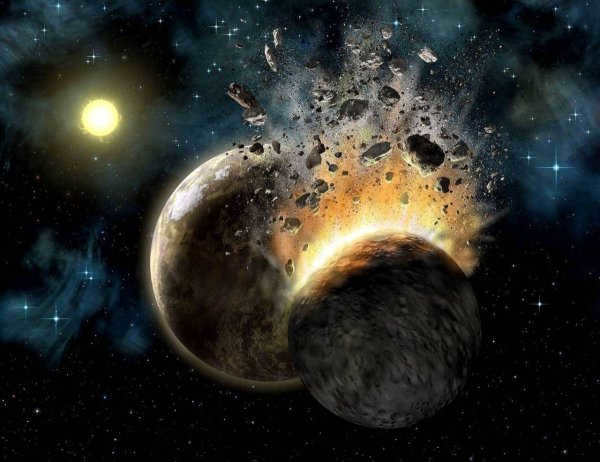
The Search for Phaethon
Johannes Kepler is credited with the first suggestion of a planet existing between Mars and Jupiter. In 1596, the German astronomer and mathematician was puzzled by the distance between these neighboring planets, as there seemed to be enough space for another celestial body. However, it wasn’t until 1766 that the story continued.
In the 18th century, Kepler’s fellow scientists discovered an approximate pattern in the location of planets in the Solar System. This rule, proposed by astronomer Johann Bode and physicist-mathematician Johann Titius, stated that the distances between planets increased in a geometric progression. However, this pattern failed to account for the empty space between Mars and Jupiter.
In 1801, Italian astronomer Giuseppe Piazzi had a stroke of luck. He was creating a map of the night sky and noticed a discrepancy in the data compared to the catalog. Upon further investigation, he discovered an unknown celestial body. This object, which he named Ceres, followed the same orbit as predicted by the Titius-Bode law. Initially, Piazzi mistook Ceres for a mysterious planet, but its relatively small brightness indicated that it was not as large as expected. In reality, Ceres turned out to be a dwarf planet with a diameter of 950 kilometers, not the mythical planet Phaeton.
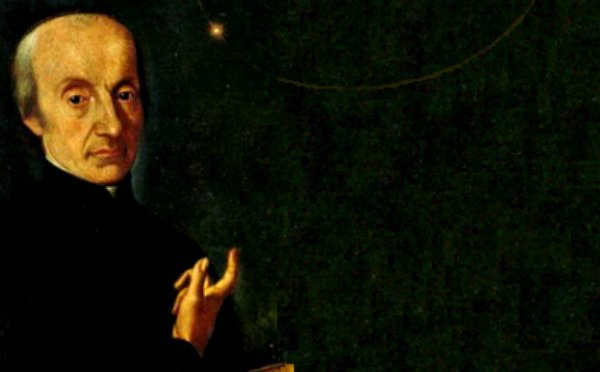
In the subsequent year, Heinrich Olbers stumbled upon a similar finding. The German astronomer encountered yet another asteroid named Palladus and proposed the notion that these small objects are fragments of a larger celestial body. This hypothesis was indirectly confirmed when the planet’s debris was observed orbiting:
By 1890, researchers had detected the asteroid belt and documented 300 entities. Presently, the number of objects has increased to 230 thousand, but the narrative is not yet complete. Scientists and amateur astronomers persist in offering theories, searching for substantiation of their claims.
The theory proposing that the asteroid belt originated from a shattered planet was initially disproven in 1950. Azerbaijani scientist Hajibek Sultanov had intended to calculate the hypothetical orbit of Phaeton, but instead came to realize the autonomy of the celestial bodies within that specific region of the solar system. The arrangement, composition, and formation process of the asteroids, which were divided into 12 distinct groups, made it impossible to classify them as remnants of a solitary celestial body. Sultanov concluded that the belt must have formed from the fragments of 12 separate planets.
Qualities of an Imaginary Planet
In the early 1900s, scientists envisioned Phaeton to be a planet similar in size to Mars, Earth, or the Moon. The most accurate estimations were of it being similar in size to the Moon. The estimated mass of the asteroids in its belt is equivalent to a body weighing 3*10 21 kg. The hypothetical diameter is estimated to be within the range of 3500-6800 km.
This hypothetical planet is located approximately 2.8 astronomical units away from our star. Based on the debris, it is believed to be composed of metals, carbon, and silicates. While water has been discovered on the surface of some asteroids, there is no evidence of an atmosphere.
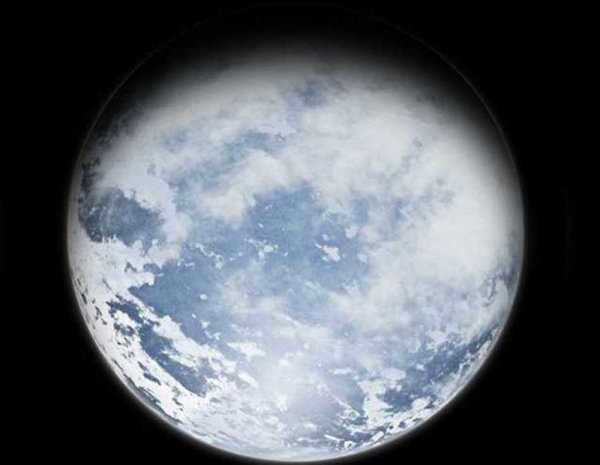
Did life exist on Phaeton?
In 1992, scientists classified the theoretical planet as being within the habitable zone. Similar to Earth, Phaethon potentially had a suitable temperature, atmosphere, and liquid water. This hypothesis gained indirect support in 2009, when two separate teams of researchers analyzed data from NASA’s infrared telescope and discovered the presence of ice on Themis.
Those who enjoy fiction and myths have taken it to the next level – there are individuals who hold the belief that the beings from Phaeton possess great intelligence and advanced capabilities. Some even credit the settlers from the destroyed planet for the creation of ancient structures on Earth, the transmission of previously unknown technological knowledge, and communication with Atlantis.
8 theories regarding the destruction of the planet
Due to the absence of any evidence confirming the existence of a planet located between Jupiter and Mars, it remains difficult to establish the precise causes behind the demise of this celestial body. Nonetheless, there are eight primary hypotheses, each of which possesses its own flaws. Individuals tend to attribute the destruction to:
- The gravitational forces exerted by Jupiter and Mars;
- The erratic movements of the planet;
- The detonation of atomic bombs;
- The internal processes occurring within the celestial object;
- Extraterrestrial visitors from outer space.
The majority of these assumptions originated from the realm of science fiction and possess minimal correlation with reality. However, a few of these theories continue to captivate scientists, prompting further investigation and the development of models to better comprehend the events that transpired.
1. Devastated by Jupiter
The prevailing hypothesis attributes the destruction of Phaeton to the gravitational forces exerted by Jupiter and Mars. Over time, Jupiter gradually pulled Phaeton towards it, altering the trajectory of the smaller celestial body. Simultaneously, the gravitational field of Mars on the opposite side also had an impact, until eventually the combined forces tore Phaeton apart. Calculations indicate that this catastrophic event occurred approximately 16 million years ago, resulting in the fragmentation of Phaeton into asteroids and comets.
Astronomers from the Edinburgh Observatory have challenged the theory implicating Jupiter. Through modeling and analysis, they have determined that internal processes such as gas pressure or nuclear energy release would not have been sufficient to cause the destruction. Furthermore, a collision between Phaeton and Jupiter would have disrupted the latter’s system of satellites, which would have required approximately 2 billion years to restore stability.
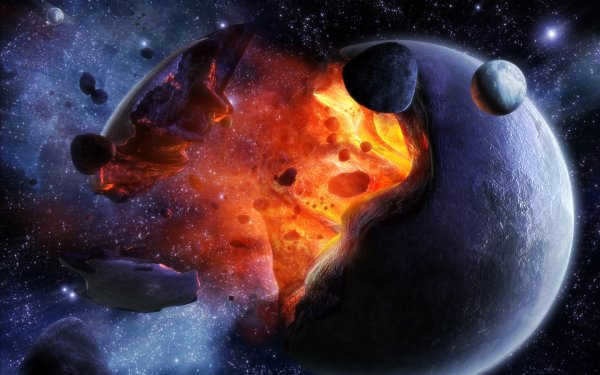
2. Collided with the Sun
According to mathematical modeling by NASA scientists, the alleged planet’s demise coincides with the formation of craters on celestial bodies such as the Moon, Earth, Mars, and others within the solar system. It is believed that the unstable Phaeton disrupted the movement of asteroids in the asteroid belt, causing a series of collisions with neighboring objects before eventually entering an elongated orbit that led to its ultimate collapse into the Sun.
3. The formation was not completed in time
According to some scientists, the asteroid belt should not be considered as debris, but rather as material that could have formed into a planet. It was expected that during the formation of the solar system, the stone blocks would have come together to create a large celestial body. However, due to the gravitational pull of Jupiter, the formation of a planet-like body, known as Phaeton, was not able to occur. This third hypothesis is supported by the chaotic arrangement of the asteroids in the belt, which would be unlikely to occur if the planet had been destroyed and dispersed.
4. Collision with Mars
The hypothesis suggests a celestial event known as the planetary parade, in which the celestial bodies Phaeton and Mars came dangerously close to each other. As a result, a catastrophic collision occurred between the two objects. The smaller Phaeton fragmentized and vanished completely, while the impact caused significant damage to Mars, leading to the loss of its atmosphere and the extinction of life that once thrived on its surface. Curiously, this theory fails to account for the lack of visible evidence of such a cataclysmic event on Mars.
5. Ripped apart by centrifugal force
As per the proponents of the fifth theory, the PF’s own characteristics are responsible for its destruction. The object had a rapid daily rotation, and at a certain point, the centrifugal force tore it into blocks of stone.
Opposing this assumption is astrophysicist Ernst Epick from Ireland. The calculations of the scientist indicate that asteroids do not form under such conditions. The material either breaks up into fragments with a diameter of 25 meters or completely vaporizes.
An explosion of an object with comparable features and positioning would have a significant impact on the Earth. The release of radiant energy, along with the resulting stream of gases and particles, would lead to the annihilation of all living organisms and the transformation of the planet’s surface into an uninhabitable arid wasteland. Moreover, as the flow reaches the Sun and elevates the star’s temperature, the rebounding energy would further result in the vaporization of approximately 20 meters of water from the Earth’s oceans, seas, and lakes.
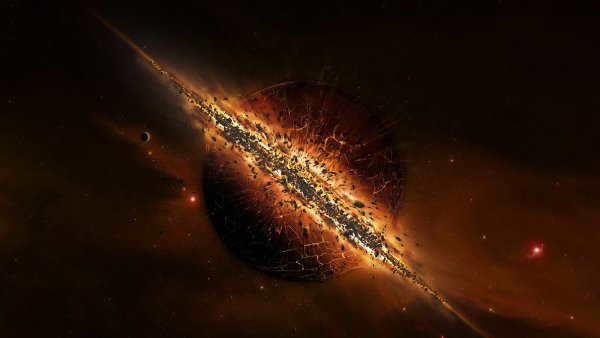
6. Impact with a Satellite or Comet
It is possible that the enigmatic PF had a collision with its own satellites or extraterrestrial visitors. The drifting nucleus of a dormant star, a colossal planet originating from beyond our solar system, altered the path of the orbiting objects, resulting in a collision. As a result of this hypothetical collision, the fifth planet lost its outer layer, which disintegrated into asteroids and formed a belt.
This theory also explains the implications and consequences of these events on Mars. Fragments of PF made contact with the surface of the red planet, causing the destruction of water, atmosphere, and life.
7. Decimated by a nuclear conflict
Supporters of the theory regarding the highly advanced inhabitants of Phaeton speculate about a devastating nuclear conflict that took place either within the planet or with the inhabitants of Mars. The impact of this mysterious cosmic object was so powerful that it reduced the planet to mere rubble. Even its neighboring red planet, Mars, was not spared as atomic explosions wiped out all forms of life on its surface.
As evidence in favor of this hypothesis, the discovery of tektites on Earth is often mentioned. These formations bear a resemblance to the slag produced during nuclear explosions and could potentially be remnants of the war that transpired.
8. Engulfed by a supernova
The hypothesis is grounded upon the observation that two celestial bodies once emitted light within the confines of the solar system. One of them persists in the celestial sphere to this present day, whereas the other, having undergone a cataclysmic explosion known as a supernova, engulfed Phaethon, subsequently cooled down, and eventually evolved into the colossal planet we now recognize as Jupiter. As a result of this event, the center of the asteroid belt is now situated closer to Jupiter rather than the Sun.
What emerged following the collapse of Phaeton?
In the event that the PF did indeed collapse, remnants of it can still be found within the solar system, taking the form of:
- Asteroids;
- The nucleus. Some scientists, who are attempting to validate Olbers’ hypothesis, refer to the core of Phaeton as the Moon. This celestial body, which lost its outer layer and a significant portion of its mass, came into close proximity with Earth and became trapped by its gravitational pull.
The lost texts of the Library of Alexandria, South African myths, and Mayan chronicles all recount a time when only stars could be seen in the night sky. The core moon made its appearance approximately 12,000 years ago and set in motion a tremendously powerful tidal wave, which is now commonly referred to as the Great Flood.

